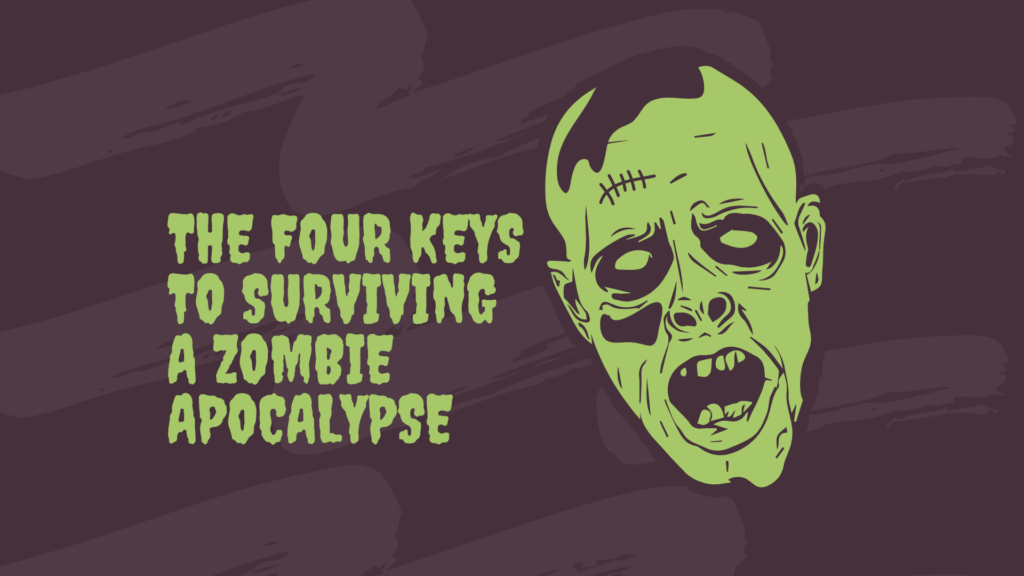Understanding & Visualizing School Identity: If Your School Was an Animal

A highly visible, shared identity can help bring activists from different backgrounds together with a common sense of purpose and push for change more effectively – from the global stage to within their own communities and families.
– Efua Dorkenoo

INTRO
Thinking about and understanding your school’s identity can be a challenging process. This activity helps you consider this complex concept in a fun and creative way that may actually help you better understand your school identity than by thinking about it in more direct terms.
OBJECTIVES
- Describe an animal and its characteristics that you think best represents your school.
Use the provided PDF Worksheet resource for directions, ideas, examples, and a creative workspace. Initially, have your leadership team participate.
 Create Your Animal
Create Your Animal
Individually or in small groups, decide what animal best represents your school. (Note: Feel free to create a fictional hybrid animal).
Describe its characteristics and personality traits and provide examples of how it symbolizes your school.
While doing this exercise, think about:
• How do other animals perceive this animal?
• How would you describe this animal to someone who had never seen or heard of this animal before?
• What are this animal’s greatest strengths?
• If a student was writing a report about this animal, what three things should he/she not miss?
• If you were going to describe this animal in 3 words, what would they be?
 Whole Group Share Out
Whole Group Share Out
Call on volunteers to describe their animals to the whole group.
Everyone should be ready to explain why they chose the animal and how it relates to the attributes they would like your school to have.
At least one person should take notes in a space visible to the whole group to track similar and divergent ideas (i.e. whiteboard, digital projection, large poster paper, etc.).
 Shared Identity
Shared Identity
Once everyone has shared, review the posted ideas and discuss whatever shared core identity emerges from all the different animals, traits, etc.
Does this feel accurate for our school?
Would others agree with this school identity?
TIPS
- This activity can also be repeated with teachers, staff, students, families/community on your path toward a true shared identity.
- Animals don’t resonate? Imagine your school community as a type of car, or think about the food dish that represents the unique flavors of the community. Don’t be afraid to get creative.






Responses